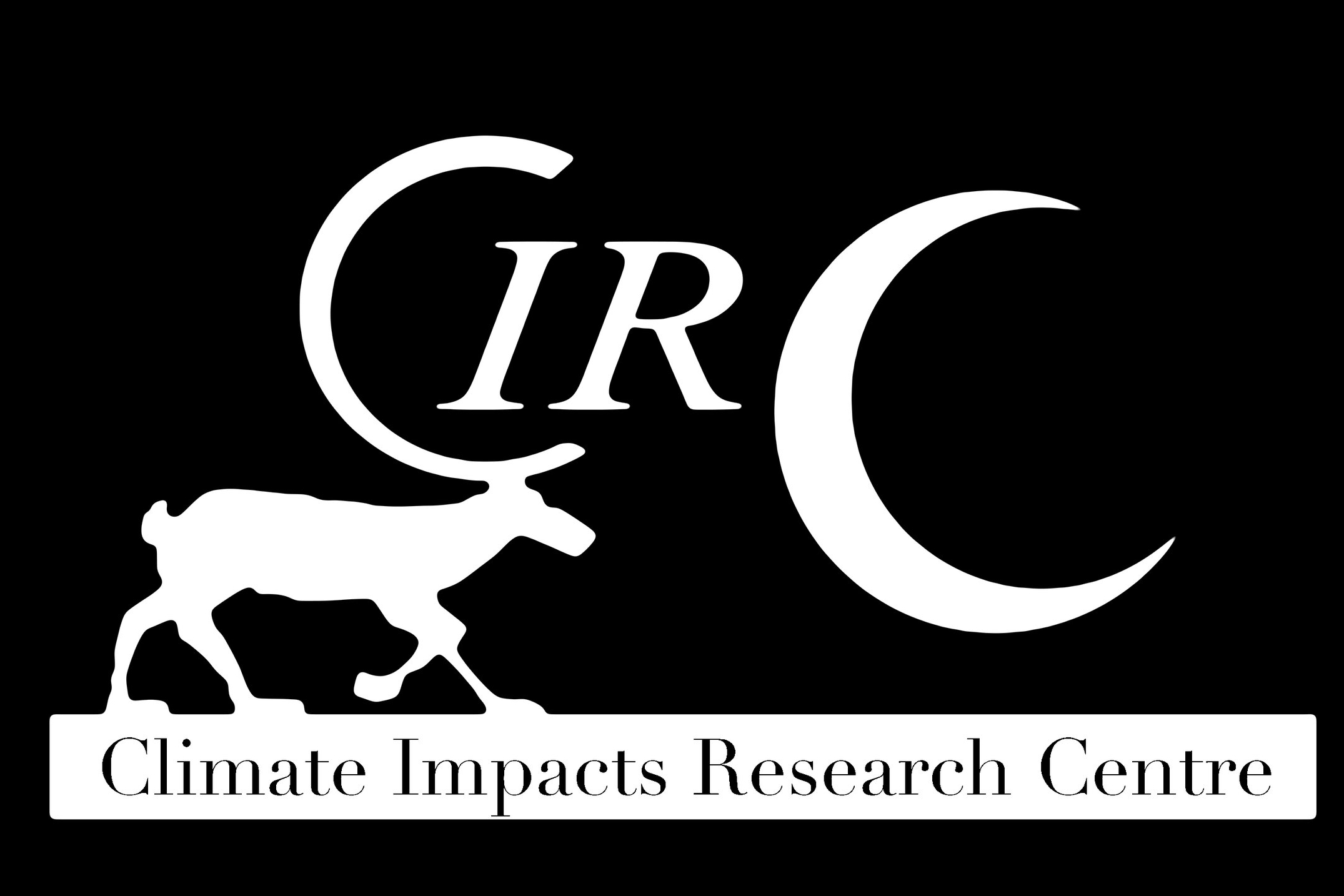Phosphorus efficient agriculture with arbuscular mycorrhizal fungi
Project summary
Phosphorus (P) is an essential element for all living organisms, and without P we cannot produce food. Most P that is used in agriculture comes from mines in Northern Africa, which are about to be depleted. P also ends up in sewage sludge but only 25% is returned to the agricultural fields. We need to recycle P more efficiently in our societies in order to ensure food security in the future. In natural ecosystems plants live in symbiosis with arbuscular mycorrhizal fungi (AMF) that are efficient in taking up P from the soil. This symbiosis is poorly developed in modern agriculture since high levels of P downregulate the symbiosis. A large portion of the P in our soil is in poorly available and the aim of this project is to improve uptake of this fraction by creating better conditions for AMF. We will also investigate to potential of AMF to take up P from pyrolysed sewage sludge where unwanted products like cadmium and micro plastics has been removed.
Field experiments with different crops will be used in Sweden, Italy and Kenya. These include fertilization trials with N and/or P addition, trials with and without cover crops, and perennial versus annual crops. Soil in Kenya are poorer in P than Swedish and Italian soils, and we expect the highest contribution from AMF to P uptake here. The project combines expertise in agricultural field experiments with expertise in P uptake in AMF, and experts in chemical interactions between P and Fe at the molecular level.
Principal Investigators
Håkan Wallander (lead)
Thomas Kätterer
Reiner Giesler
Funding
Formas: FORMAS 2018-00634




